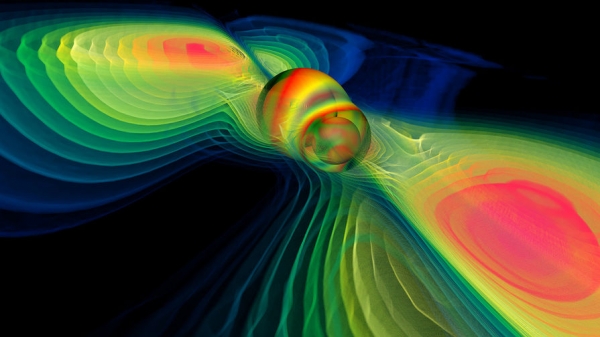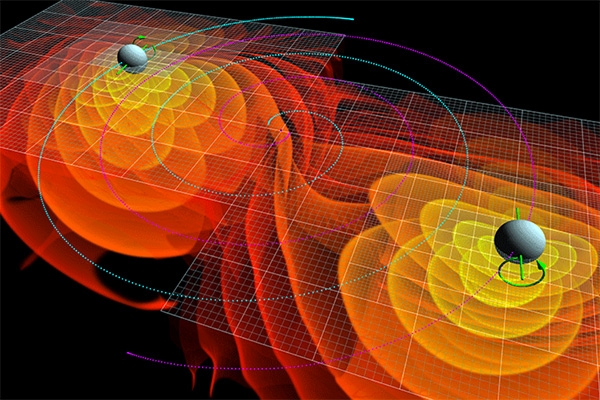Time is something we deal with every day and see as past, present and future. The progression of time is embodied in our experience, and the future becomes present and present — past. It is virtually impossible to talk about the motion and dynamics without concept of time and its progression. This is similar to our perception of space. Speaking about some event, it is realistic to ask where it happened and when. Time, like spatial coordinates, is a marker to define events. However, it is clear that time is different from space, as we perceive it in everyday life. If the spatial coordinates we can walk freely in any direction, in case we have to move forward all the time and in the same pace. No matter how we try, the clock will always be ticking at the same pace. The future will come to replace the present, which, in turn, will become the past. This perception of time as following one direction in a strange way not confirmed a fundamental description of nature, and this issue remains one of the most complex mysteries of theoretical physics.
Time in classical physics and quantum mechanics
In classical physics time is absolute and unchangeable. All of the watches ticking with the same speed, and all people perceive time the same way. The concept of time very similar to our daily perception of him. However, it is important that classical physics does not choose the time axis. A period of time in the opposite direction — a phenomenon in physics, is fully equivalent to the usual course. According to classical physics, to walk forward is the same as walking down the street ago.
Three paradoxes of quantum mechanics
Physicist Emil Akhmedov on the probabilistic interpretation, the discoveries of Newton and well-known disputes in the field of quantum mechanics
Regarding the concept of time, quantum mechanics agrees with classical physics. Time is ticking at a constant rate and is used to refer to the event markers. Together with the Central equation of quantum mechanics, Schrodinger equation, which is T-symmetric, is the concept of wavefunction collapse. It is the idea that the system state is determined only when the outside observer begins to observe, and distinguishes quantum mechanics from classical one. Thus, wave function collapse is the process by which quantum uncertainty resolves. It seems T-symmetric process. However, since the mechanism of collapse of the wave function is poorly understood, it is difficult to argue that this is the mechanism that determines the time axis. In particular, there are convincing arguments to suggest that it is T-symmetric process.
Time and relativity
The theory of relativity completely changed our paradigm of understanding time. She argues that the progression of time is not universal and depends on who changes. According to this reality the clock is ticking at different speeds depending on who wears them.
Taking great acceleration or being in close proximity to strong gravitational forces near black holes), you can change the rate of flow of time or even stop it, to reverse. So goes the theory. For example, for a person who is inside a black hole, space and time appear to be interchangeable, so the descent into a black hole becomes inevitable, as well as the subsequent period of time outside the black hole. On the other hand, time is just another direction, like left or right. Relativity puts time on an equal footing with the spatial reference points, to which we are accustomed. Subsequently, the time can be “bent”, as well as spatial landmarks, which is not universal. A measure of this curvature is the rate at which time flows. However, in the theory of relativity equation T is also symmetric. This means that they do not give preference to any time axis.

The curvature of space-time wikipedia.org)
The time axis
One common feature of classical, quantum and relativistic mechanics with respect to the time is that none of the theories gives a definition of the time axis. Of course, solutions of these equations can violate the T-symmetry, but the theory is T-symmetric. So where did the T-symmetry? Most of the T-symmetry is a result of thermodynamics. In particular, the second law of thermodynamics States that the entropy of a system increases over time. As a result of the law, you, for example, will never see the puddle of water, melting in the sun, forms a piece of ice and heats the countryside. It should be emphasized that this law is more of a statistical statement than a strict mathematical result obtained from the equations of fundamental physics. Why such a statistical law needs to be true and how it relates to the fundamental laws of physics? The issue now is the “problem of the time axis”.
Source: Serious Science






